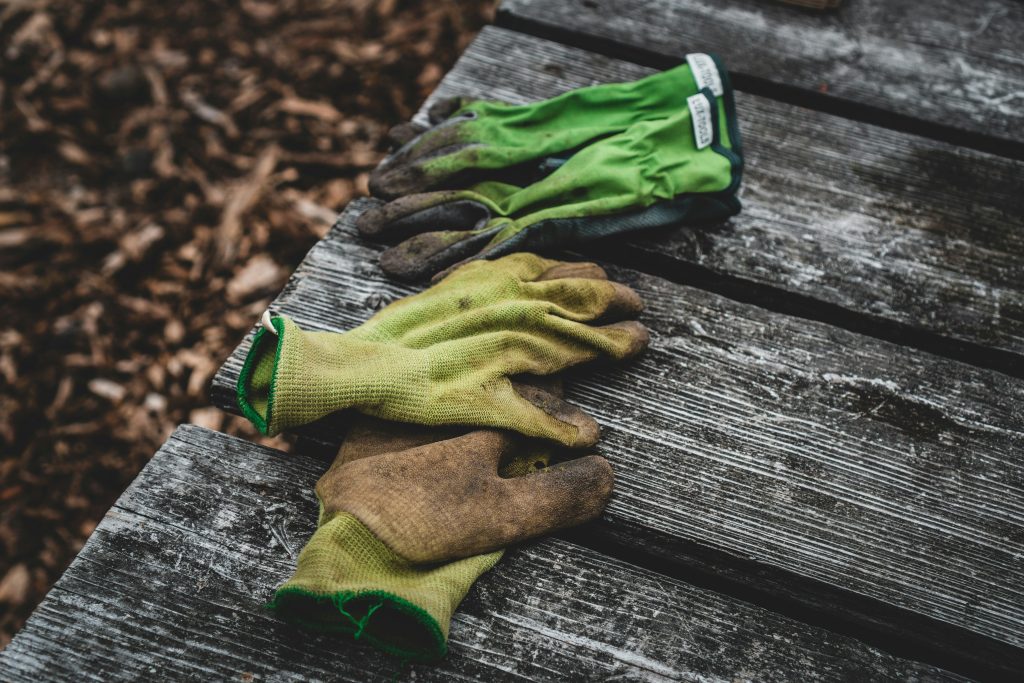
Photo by Adobe Stock
Climate change is a pressing global issue that affects various aspects of our lives, including water resources for gardening. As temperatures rise, weather patterns become more unpredictable, and extreme weather events become more frequent, the availability and quality of water for gardening are significantly impacted. In this blog post, we’ll explore the profound effects of climate change on water resources for gardening and discuss strategies for adapting to these changes.
1. Changes in Precipitation Patterns: Climate change alters precipitation patterns, leading to more frequent droughts, heatwaves, and intense rainfall events. These shifts in weather patterns disrupt traditional gardening practices and challenge gardeners to find innovative ways to conserve and manage water resources.
2. Increased Evaporation Rates: Rising temperatures accelerate evaporation rates, causing water to evaporate more quickly from the soil and plant surfaces. This increased evaporation exacerbates water loss in the garden, requiring gardeners to water more frequently to maintain soil moisture levels.
3. Soil Moisture Variability: Climate change contributes to soil moisture variability, with some regions experiencing prolonged dry spells while others face increased flooding and waterlogging. These fluctuations in soil moisture levels pose challenges for plant growth and necessitate adaptive watering strategies.
4. Impact on Plant Health: Fluctuating water availability and extreme weather events can stress plants, making them more susceptible to pests, diseases, and mortality. Inadequate water supply can lead to wilting, stunted growth, and reduced yields, affecting both ornamental and edible garden crops.
5. Strategies for Adapting to Climate Change:
- Choose Drought-Tolerant Plants: Selecting drought-tolerant plant species adapted to your local climate can help conserve water and minimise the need for irrigation.
- Implement Water-Saving Techniques: Adopt water-saving techniques such as mulching, drip irrigation, and rainwater harvesting to maximise water efficiency in the garden.
- Improve Soil Health: Enhancing soil health through practices like adding organic matter, mulching, and cover cropping can improve soil water retention and resilience to climate extremes.
- Monitor Soil Moisture: Use soil moisture sensors or manual checks to monitor soil moisture levels and adjust watering practices accordingly to prevent overwatering or underwatering.
- Collect and Reuse Water: Capture and reuse household water from activities like dishwashing, laundry, and bathing for garden irrigation to minimise water waste.
Climate change poses significant challenges to water resources for gardening, requiring gardeners to adapt their practices to mitigate water scarcity and ensure sustainable garden management. By implementing water-saving techniques, choosing resilient plant species, and improving soil health, gardeners can minimize the impact of climate change on water resources and create thriving gardens even in changing environmental conditions.
The impact of climate change on water resources for gardening underscores the importance of proactive adaptation and sustainable water management practices. Let’s work together to conserve water, protect our gardens, and mitigate the effects of climate change for a greener and more resilient future.



